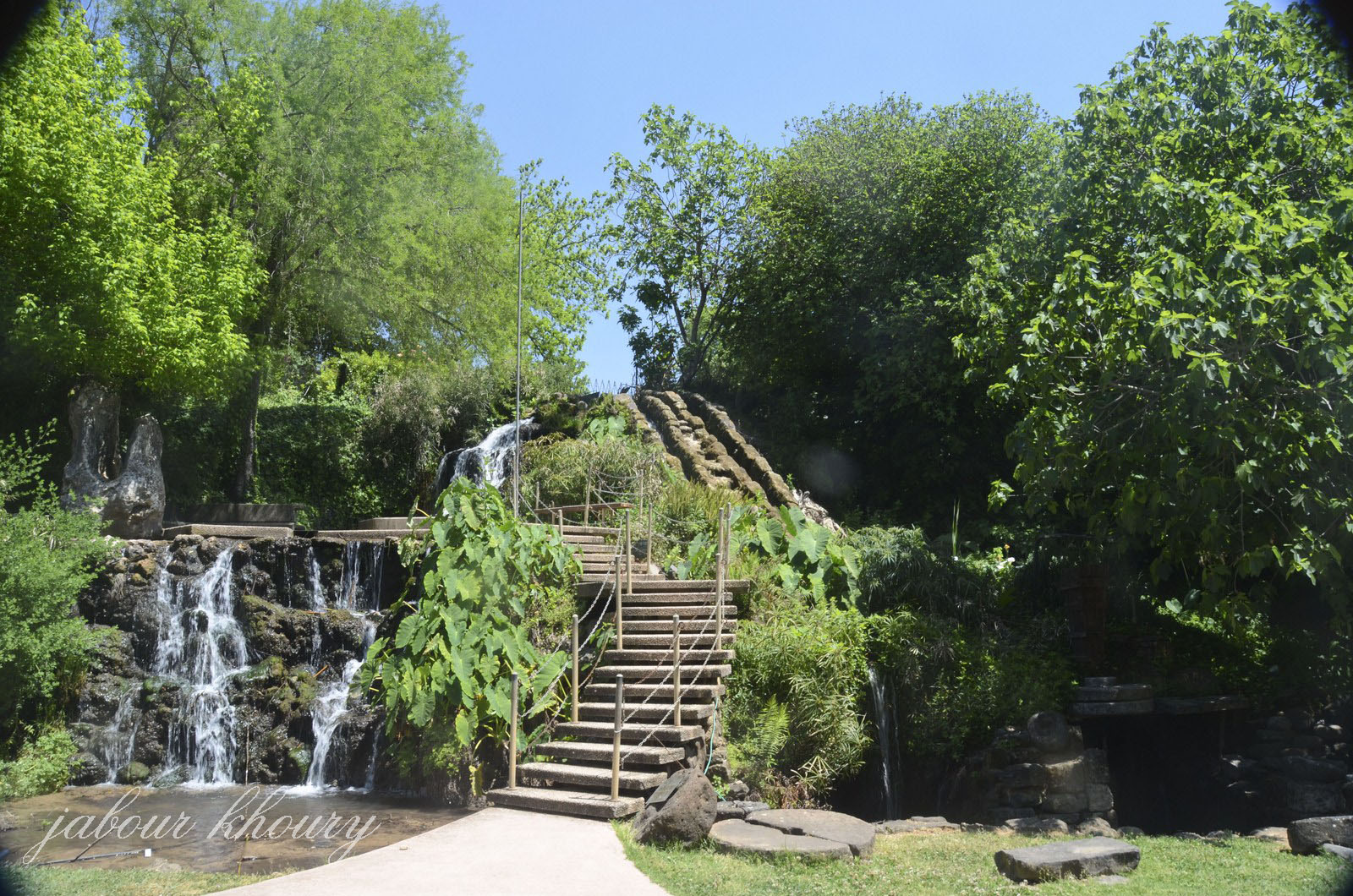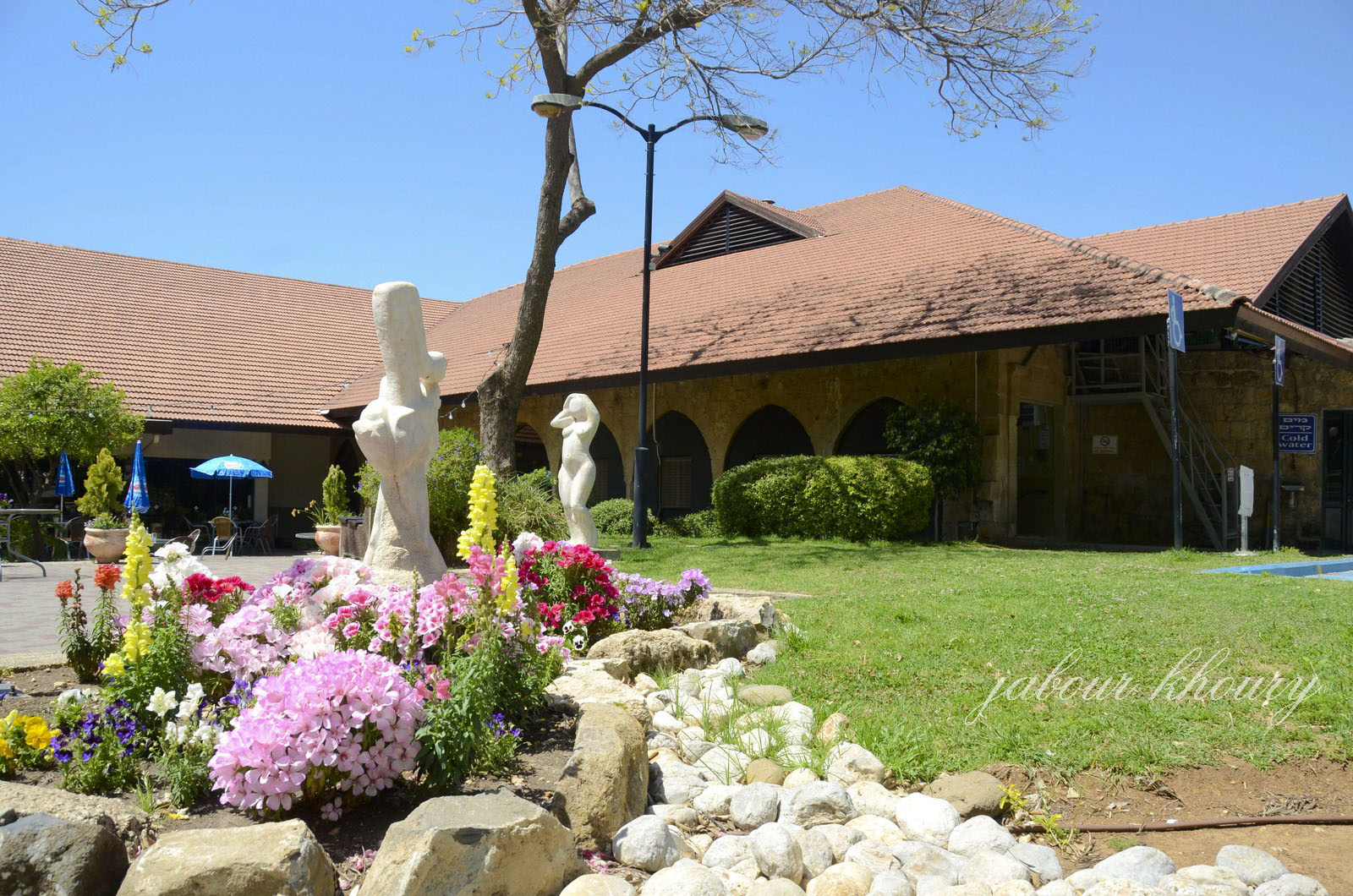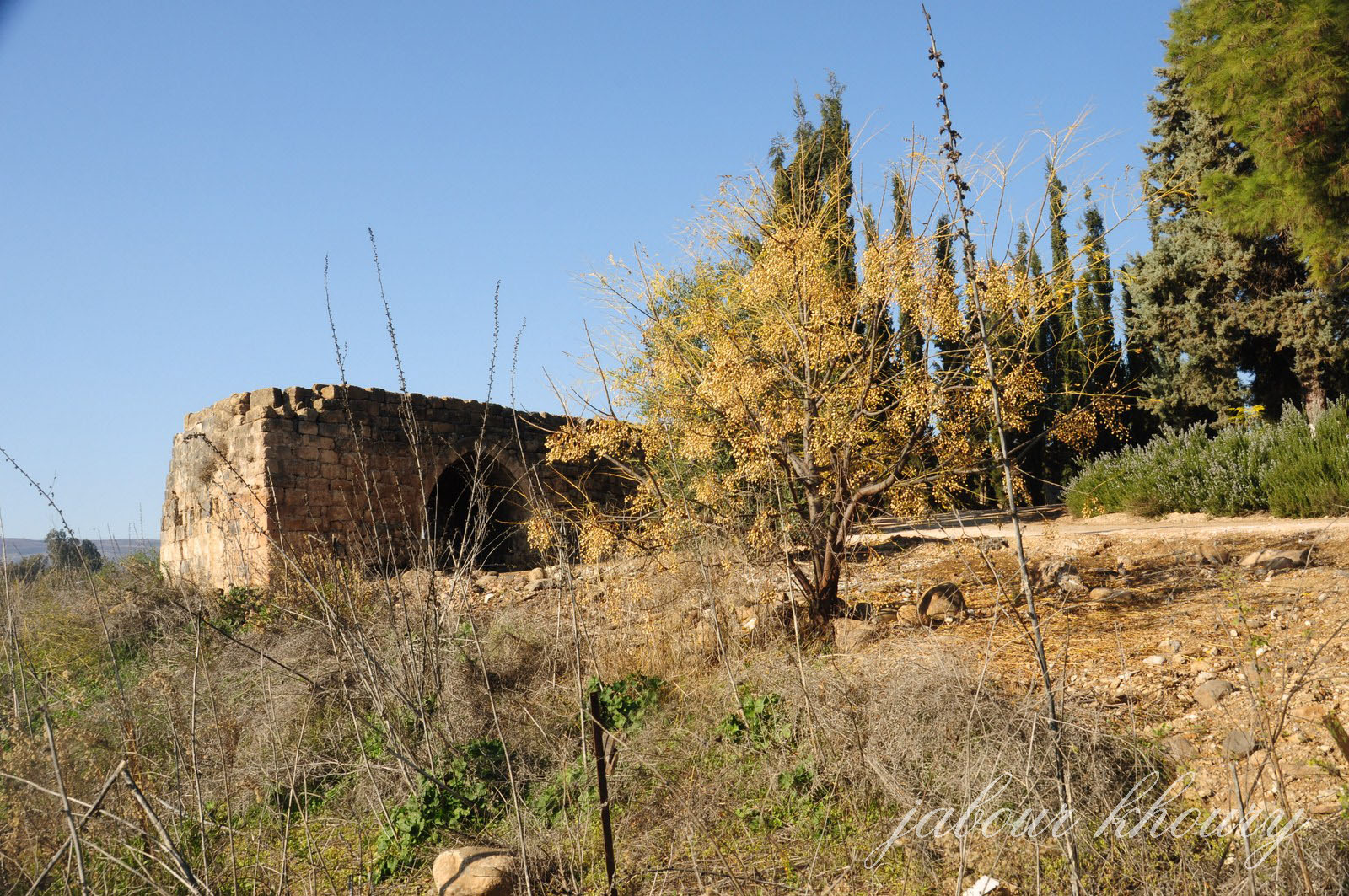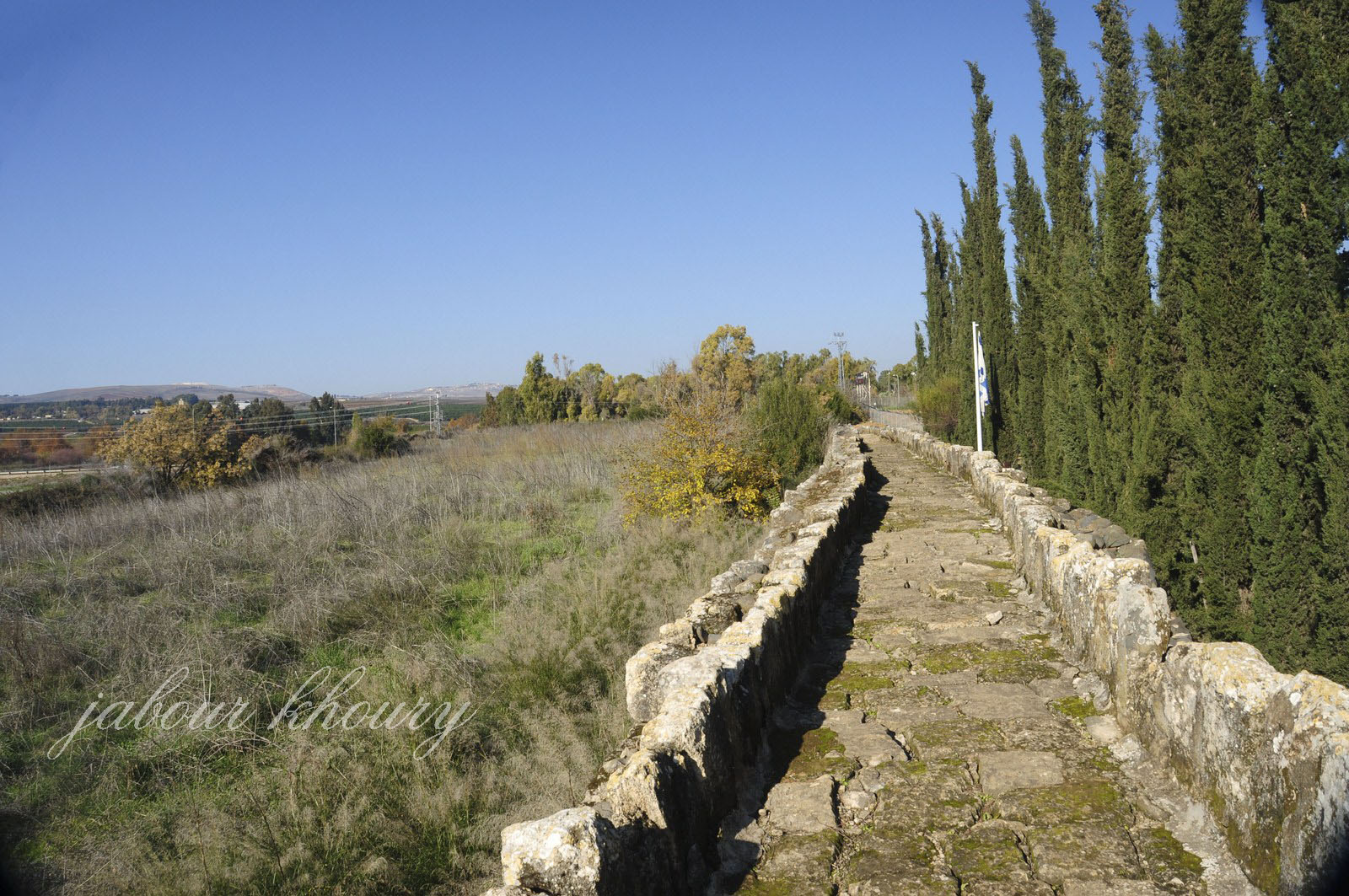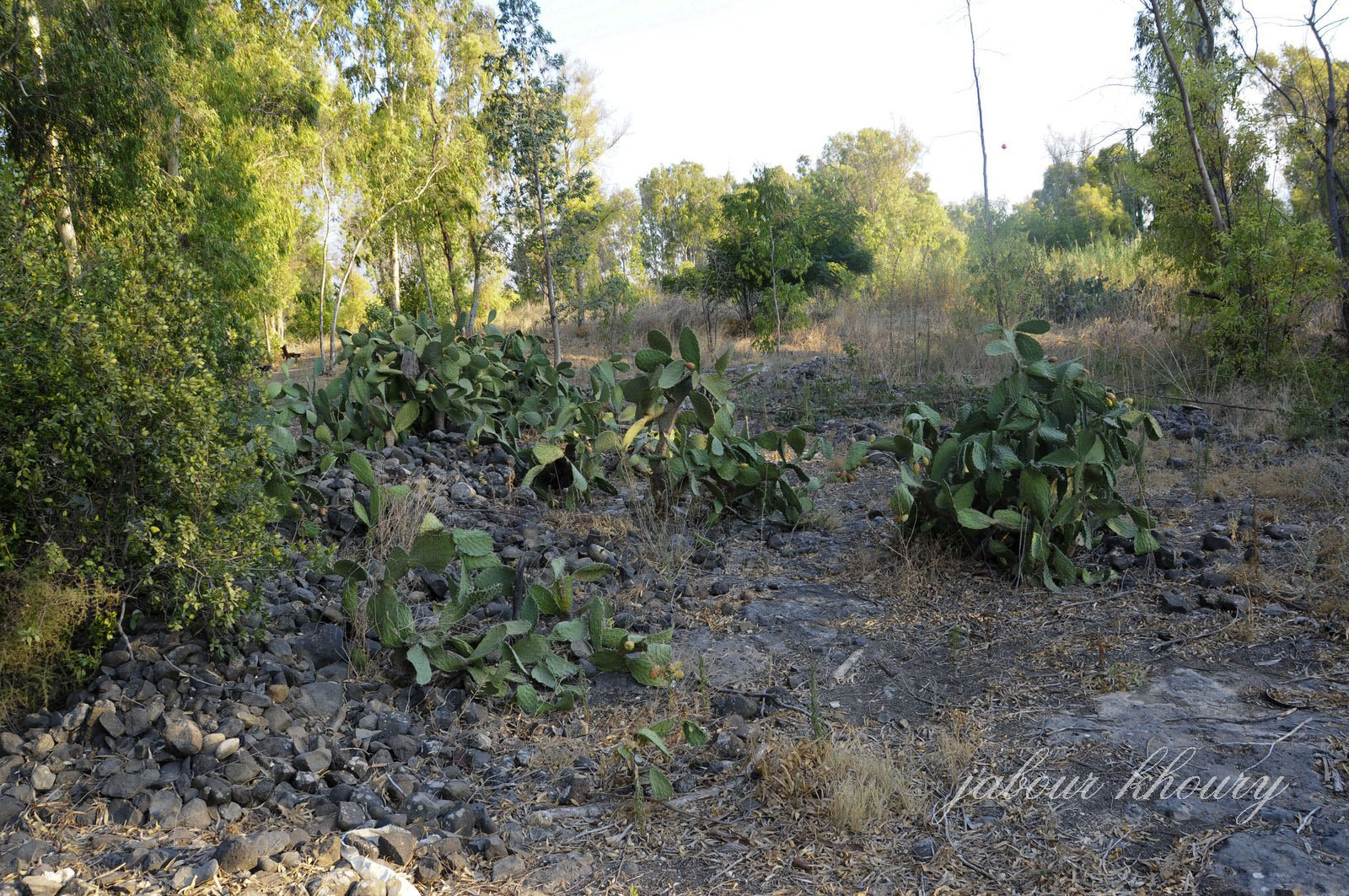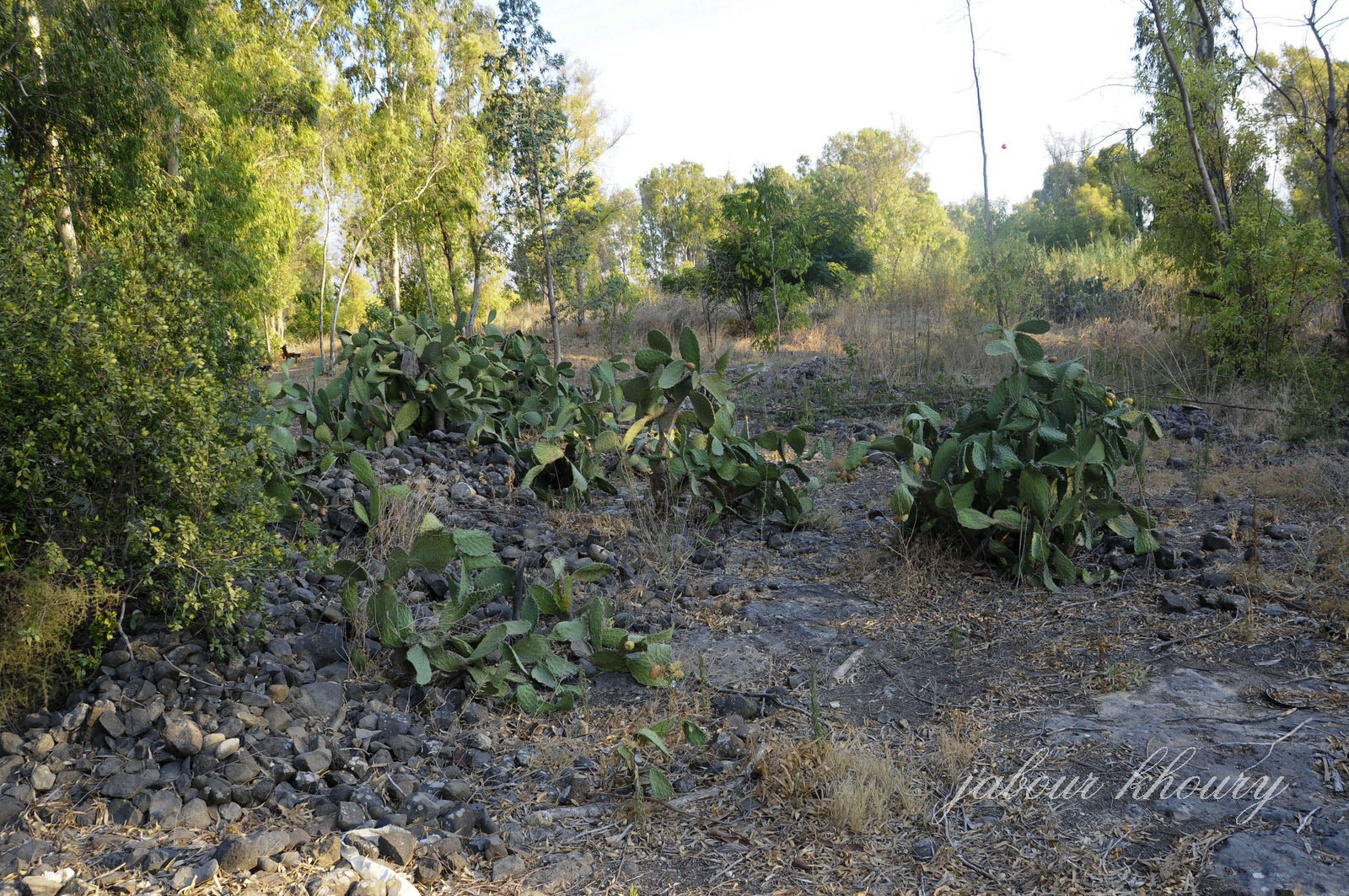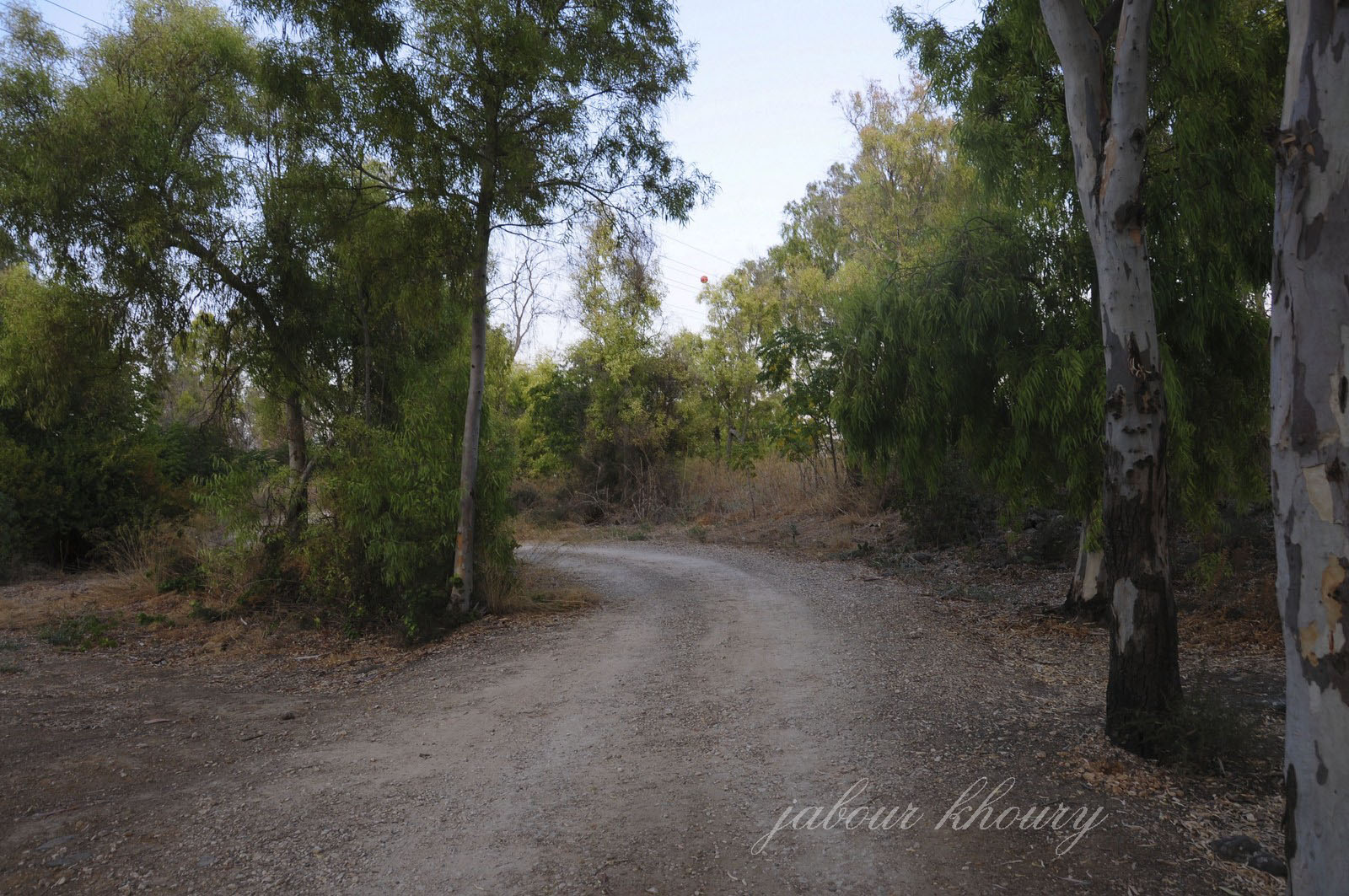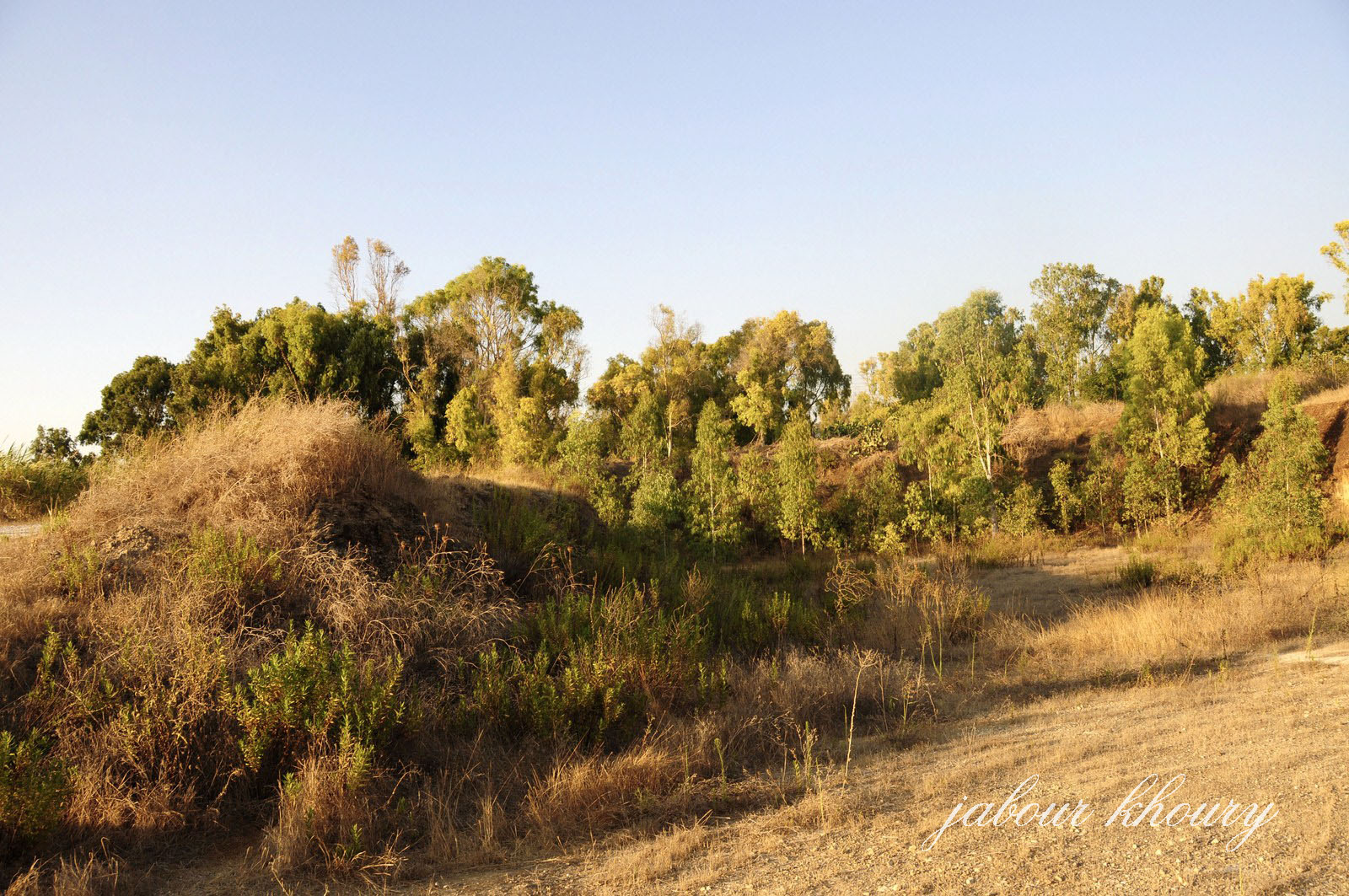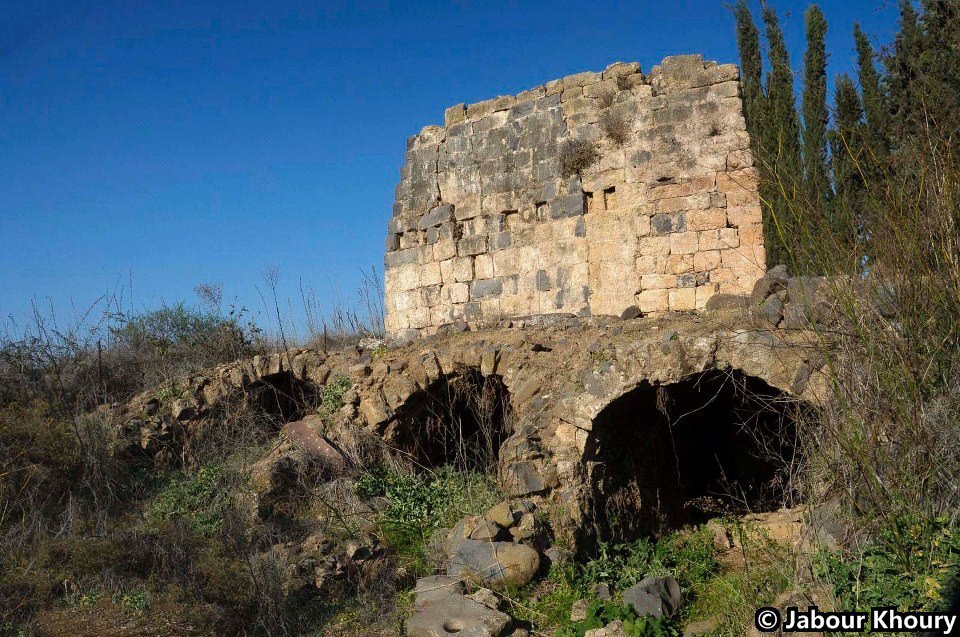Info
District: Safed
Population 1948: 550
Occupation date: 01/05/1948
Jewish settlements on village/town land before 1948: Nehalim (HaGoshrim Today)
Jewish settlements on village/town land after 1948: HaGoshrim Expansion
Background:
Al-Khisas Before 1948
The village was located in the northern part of the al-Hula Plaln, on a natural ten-ace that was about 100 m wide. This ten-ace had been formed thousands of years earlier when the ancient Lake al-Hula (which once filled the entire al-Hula Basin) shrank. Wadi al-Hasibani passed by the western part of al-Khisas, cutting a trough through the mountains. Al-Khisas was linked by a secondary road to a highway leading to Safad and Tiberias and by a similar road to a neighboring village. The Arab geographer Yaqut al-Hamawi (d. 1228) described aI-Khisas as falling within the administrative jurisdiction of Banyas in Syria (today occupied by Israel). In 1945 thye village had an Arab Population of 400 Muslims and 70 Christians. Agriculture was its principal economic activity. Fruit orchards were tended south of the village, along the al-Hasibani River, while olive trees grew on the west side. In 1944/45 a total of 1,438 dunums was irrigated or used for orchards. Evidence that the village site had been inhabited before 1900 includes the nearby shrine of a Shaykh ‘All and rock-hewn tombs.
Occupation and Depopulation
Al-Khisas was the target of a Haganah hit-and-run attack in the very first weeks of the war. On 18 December 1947, members of a Haganah strike force raided the village under cover of night, driving through the village, firing their guns, and throwing bombs. Several houses were blown up and about a dozen civilians (including 4 children) were killed, according to figures cited by Israeli historian Benny Morris. A New York Times report put the number of dead at 10, including 5 children, and added that some victims were buried in the wreckage of their houses. (The Haganah initially denied that children were killed, but a spokesman later admitted the fact.) The newspaper story stated that the attack was in revenge for the killing of two men from the Jewish Settlement Police in the Safad area.
Morris states that some local Haganah intelligence officers and civilian leaders initially opposed the planned “retaliatory” operation, but it was approved by the Palmach commanding officer,Yigal Allon. A few days later, a Haganah spokesman said that one of the dynamited houses had been a base for Syrian and Lebanese forces, adding: “It is very unfortunate that children should have been sleeping in that sort of small-scale military center and should have fallen victims to that kind of attack.” An assessment of the al-Khisas attack was made during a high-level meeting of Zionist military and civilian officials on 1—2 January 1948. Morris summarizes what seems to have been the majority view at the meeting (attended by Jewish Agency chairman David Ben-Gurion and Moshe Dayan, then a relatively junior Arab affairs expert): “However unpleasant, the use of force, even if occasionally excessive, was in the long run fruitful.”
According to Morris, the villagers fled al-Khisa.s on 25 May 1948, some five months after the Haganah attack, at the very end of Operation Yiftach (see Abil aI-Qainh, Salad District). An Israeli intelligence report credited their dispersal to the campaign of psychological warfare launched during that operation. But the exodus was evidently partial, for some villagers remained in their homes for just over a year afterwards, until they were forcibly ousted by the Israeli army. At midnight on 5 June 1949, the village was surrounded by trucks and the villagers were forced into the trucks “with kicks, curses and maltreatment,” in the words of a Mapain Knesset member quoted by Morris. The villagers said that they had been “forced with their hands to destroy their dwellings,” and had been treated like “cattle.” They were then dumped on a bare, sun-scorched hillside near the village of ‘Akbara where they were left “wandering in the wilderness, thirsty and hungry.” They lived there under inhuman conditions for years afterwards, along with the inhabitants of at least two other villages (Qaddita and al-Ja’una) expelled in the same circumstances.
Israeli Settlements on Village Lands
The settlement of ha-Gosherim , established in 1948 before the villagers of al-Khisas were expelled, is a few hundred meters south of the village site, on village land.
The Village Today
Most of the village land is covered with woods and grass. There are scattered cactuses and some piles of stones, as well as the remains of an old building and a large arched stone barrage. The village lands are cultivated by the settlement of ha-Goshenm.
-----------------------------
Source: al-Khalidi, Walid (ed.). All that remains: the Palestinian villages occupied and depopulated by Israel in 1948. Washington DC: 1992


